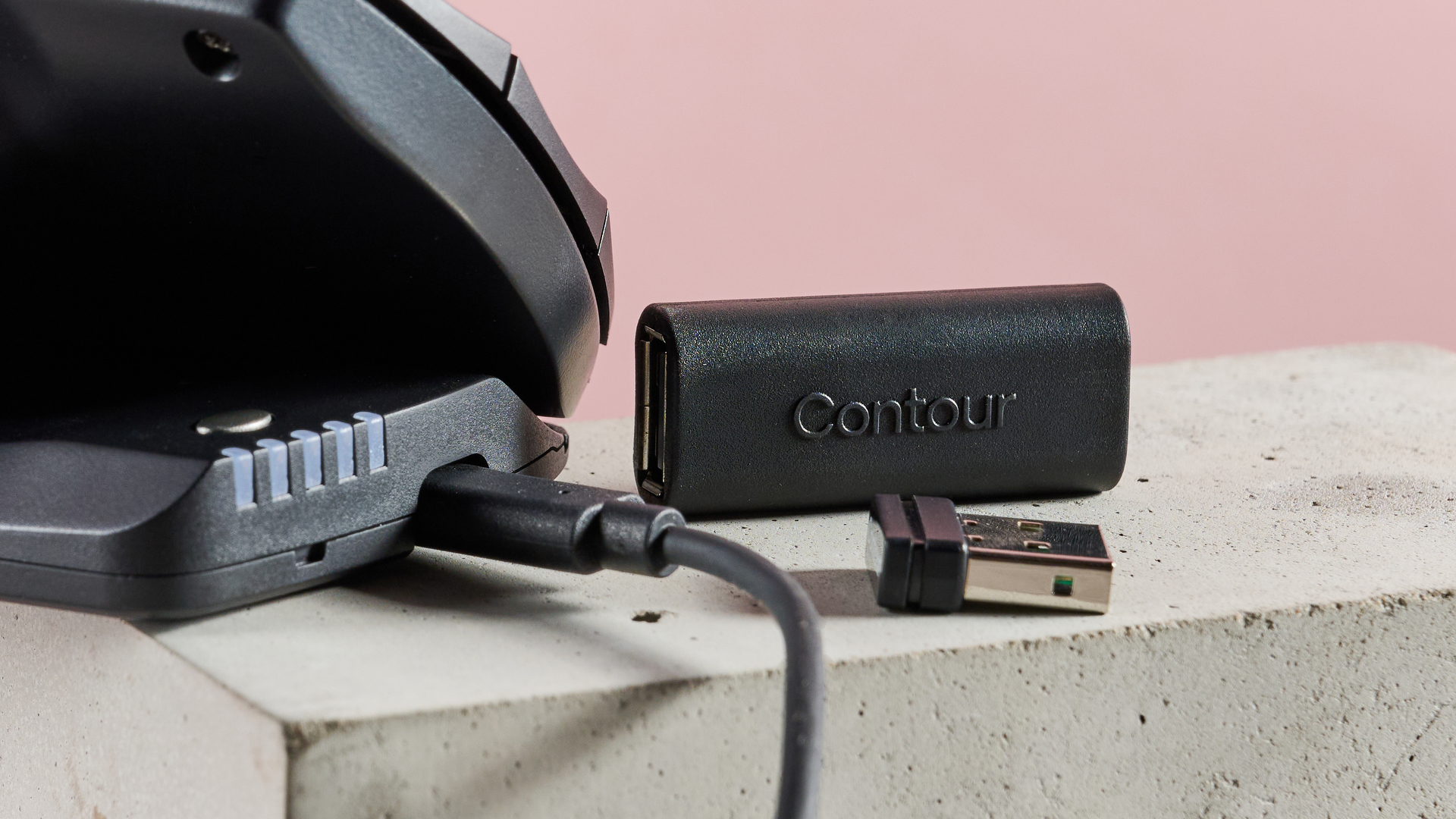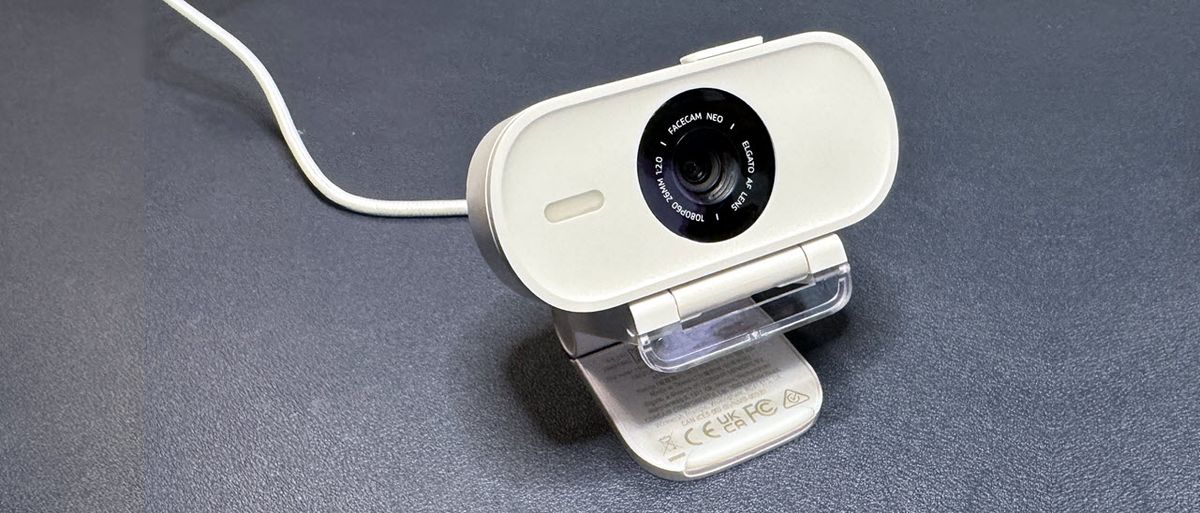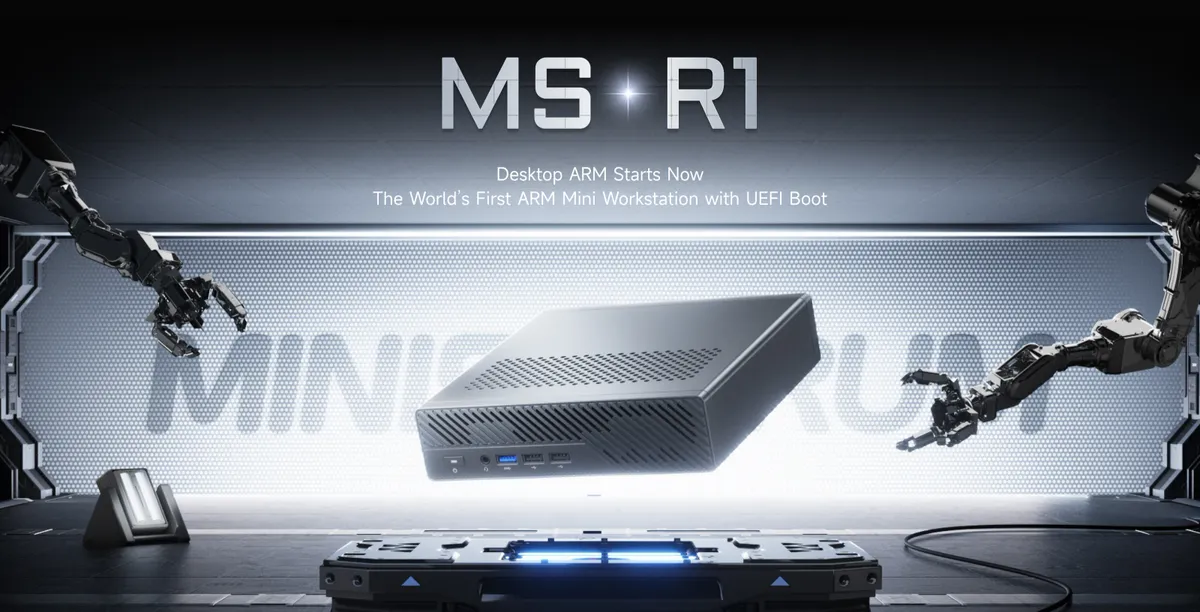Contour Design Unimouse: Two-minute review
The Contour Design Unimouse is an ergonomic mouse with an adjustable design, allowing users to get the right fit to match their personal preferences.
It has a functional appearance, although it's sleek and inoffensive enough to fit in any environment, whether that’s the office of the home. The materials also feel premium, from the plastic chassis to the texturized padding on outside edge.
The form factor is large: bigger than many of the best mouse options around. This means those with smaller hands may struggle to use it, although I can say that I found it to be the right size for me, and my hands aren’t particularly large.
The split-folding design of the Unimouse means you can adjust the angle of the contact surface between 35 and 70 degrees, which I found to be enough for providing meaningful differences in grip style. However, those looking for a flatter, more traditional position might not find this to their liking; although it might be argued that such users wouldn’t be in the market for an ergonomic mouse in the first place.
The hinge mechanism for adjusting this angle can be quite stiff, meaning it doesn’t operate all that smoothly. Still, it remains completely stable while in place, and I experienced no wobbling at all while using it.

These two points can also be made of the thumb grip. It rotates on a ball to allow for multiple planes of adjustment, resulting in a wide range of available positions. It also allows you to hold the Unimouse loosely – a feature all the best ergonomic mice share, and results in a more relaxed, strain-free experience.
The mouse buttons are large, and are easy to use as a result. There are three of them, with the one in the center acting as a middle click (the scroll wheel also has this function), although this default binding can be changed in the customization software.
The Unimouse also features two side buttons, although these are placed too far back, which means you can’t easily and quickly navigate between web pages, for example. The placement of the DPI button is also inconvenient, being inaccessible while your hand is on the mouse, since it’s tucked away on the bottom portion of the body.
The Unimouse can be customized using the Contour Design’s software tool, available for Windows and macOS, which allows for a pleasing number of productivity-based tweaks. You can change the DPI setting from here as well, in addition to the cursor acceleration and scroll speed.
There are a generous amount of remapping options too, with a few media and system functions available for assignment, including the ability to run applications of your choosing. You can also create application-specific profiles for your rebinds.
Additionally, keystrokes are assignable, with the option to map multiple keys in combination with modifiers to a single button. Unfortunately, though, the scroll function of the wheel can only be reassigned to control volume.
There are other issues with the software, too. I experienced crashes on a few occasions, and the firmware update for the wireless dongle was plagued with failed attempts and frustrating pop-up notifications.

Thankfully, the overall performance of the Unimouse is much more pleasant. It glides smoothly despite its relative heft, as it’s lighter than it appears. The buttons are easy to actuate and provide enough feedback, although scrolling is a little too notched for my liking, lacking the precision and effortless action of other mouse wheels I’ve experienced.
It also lacks a free-spin function, so you’re locked in at the rate its notches provide. Even though, as previously mentioned, the software does allow you to alter the scrolling speed, this still doesn’t make it any smoother.
Setting up a wireless connection wasn’t the most seamless experience, either. Having tested it on two separate devices, one Windows 10 and the other Windows 11, the Unimouse failed to connect on first attempt.
To get it working, I had to toggle the power button underneath off and on. I'll admit this is a minor issue, but it’s more bothersome if you plan on using the Unimouse with multiple devices.
On that note, it’s also a shame that there’s no Bluetooth option, which would have made hot-switching between devices all the more amenable. However, I have to say that once I established a connection between the Unimouse and my devices I didn’t experience any lag or issues with responsiveness.
After a full day of use, the Unimouse dropped a single LED on its battery life indicator, meaning it had between 61-80% left (I suspect it was much closer to the latter figure). Losing 20% after a day isn’t terribly impressive, but at least the Unimouse comes with a USB cable for wired connectivity, allowing you to charge and work simultaneously.
At £87, the Unimouse is more expensive than many other ergonomic mice. They may have higher list prices, but can often be found with discounts, so here’s hoping that will also be the case with the Unimouse.
But the ace up the Unimouse’s sleeve is its physical adjustability, which even the best ergonomic mice lack, such as the Lift and the MX Master 3S, for instance. Combined with its software customizations, this elevates the Unimouse to a better value proposition than it otherwise would be, and may make sense for those craving an adjustable mouse. Just make sure you can fit your hand around it.

Contour Design Unimouse review: Price & availability
- £87 (about $100 / AU$170)
- Available now for left and right-handers
- Expensive compared to rivals
In the UK the Unimouse is available now direct from Contour Design for £87, although we have seen it slightly cheaper on Amazon. In the US and Australia it's available from Amazon for around $100 / AU$170. There are right and left-handed variants, and a wired model also exists, but this is only marginally less expensive.
This makes the Unimouse quite expensive relative to other ergonomic mice. It faces plenty of competition, chiefly from Logitech’s various lines of ergonomic mice, such as the MX and the Lift.
While some of these may have a higher list price, they can often be found with strong discounts. However, these lack the physical adjustability of the Unimouse, which might swing it for you depending on how much you value this quality.
Contour Design Unimouse review: Specs
Swipe to scroll horizontally
Interface | Wireless (2.4GHz), wired (USB-C-to-A) |
Ergonomics | Right or left-handed asymmetrical |
Buttons | 7 |
DPI | Up to 4,000 |
Switches | Not stated |
Weight | 5oz / 141g |
Should I buy the Razer Contour Design Unimouse?
Swipe to scroll horizontally
Value | The Unimouse is expensive compared to other ergonomic mice, although its various adjustments set it apart from the competition. | 3.5 / 5 |
Design | The Unimouse is well made, although a few design choices let the side down. The software is useful, but this also has its sticking points. | 3.5 / 5 |
Performance | The Unimouse does its job admirably and without fuss. The adjustments cater to individual grip styles quite well, too. | 4 / 5 |
Overall | The Unimouse is a capable and comfortable ergonomic mouse. It may be pricey, but its malleability makes a strong case itself – you’ll just have to decide how much this means to you, and whether its size will be a fit for your hand. | 3.5 / 5 |
Buy it if...
You want physical adjustability
One of the unique features of the Unimouse is the ability to alter its angle and thumb grip position, both of which are easy to do and make it more amenable to different styles.
You want to customize inputs
The software tool for the Unimouse offers plenty of useful rebinding options, as well as various motion and movement tweaks.
Don't buy it if...
You have smaller hands
The Unimouse is unquestionably large, so those with smaller hands might have a hard time getting a grip on it.
You want to the best software
The tool for the Unimouse offers a plentiful selection of customizations, but it’s prone to a few bugs and UI issues.
Contour Design Unimouse review: Also consider
Swipe to scroll horizontally
Price | Wireless (2.4GHz), wired (USB-C-to-A) | Wireless (2.4GHz, Bluetooth), wired (USB-C-to-A) | Wireless (2.4GHz, Bluetooth), wired (USB-C-to-A) |
Interface | Right or left-handed asymmetrical | Right-handed asymmetrical | Right or left-handed asymmetrical |
Buttons | 7 | 7 | 6 |
DPI | 4,000 | 8,000 | 4,000 |
Switches | Not stated | Not stated | Not stated |
Weight | 1.9oz / 55g | 5oz / 141g | 4.4oz / 125g |
Logitech MX Master 3S
The MX Master 3S is one of the best all-round mice there is. It’s comfortable and performs very well. However, as with the Unimouse, it’s best suited for those with larger hands, and left-handers are left out altogether. It’s nominally more expensive than the Unimouse, but we’ve seen it for a lot less. Read our full Logitech MX Master 3S review.
Logitech Lift Ergonomic Vertical Mouse
Another Logitech pointer, the Lift is a fully-fledged ergonomic mouse, with its totally upright design. Again, though, the angle of its verticality can’t be changed, as it can with the Unimouse. Read our full Logitech Lift review.
How I tested the Contour Design Unimouse
- Tested for a full day
- Used for work and general browsing
- Plentiful mouse reviewing experience
I tested the Unimouse for a full day, during which time I used it for working and for general browsing. I made sure to try out all of its available adjustments, and also used as many functions and features present in its customization software.
I have experience reviewing mice, ranging in size, purpose, and price point. I have used all kinds of mice throughout my life, for work as well as play.
- Read more about how we test
- First reviewed: May 2025











 English (US) ·
English (US) ·